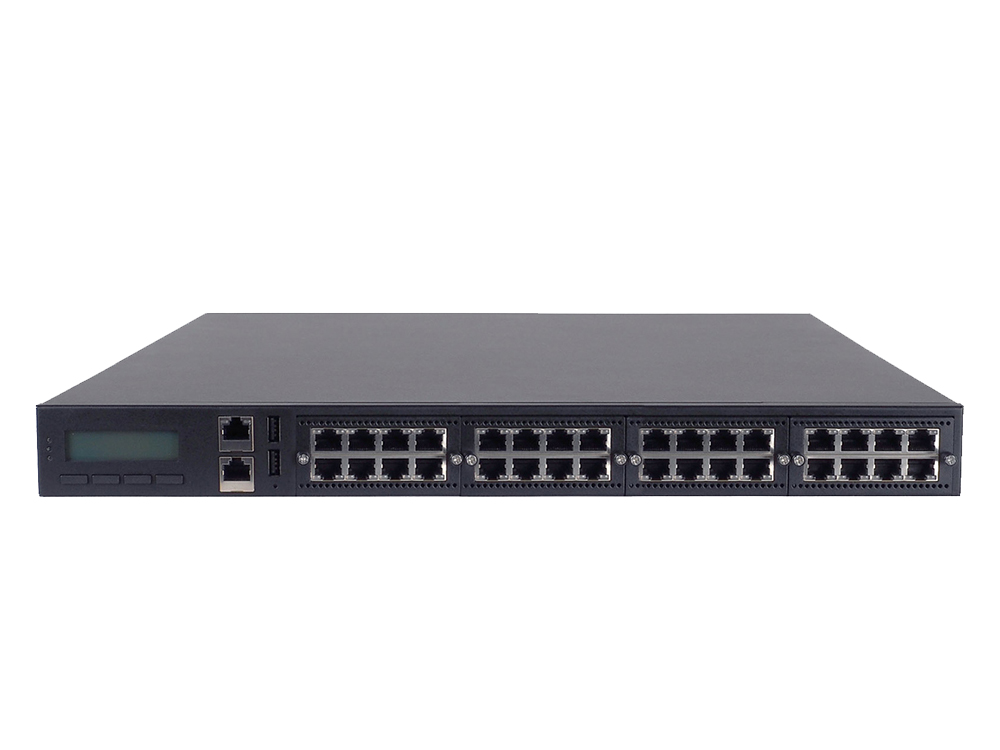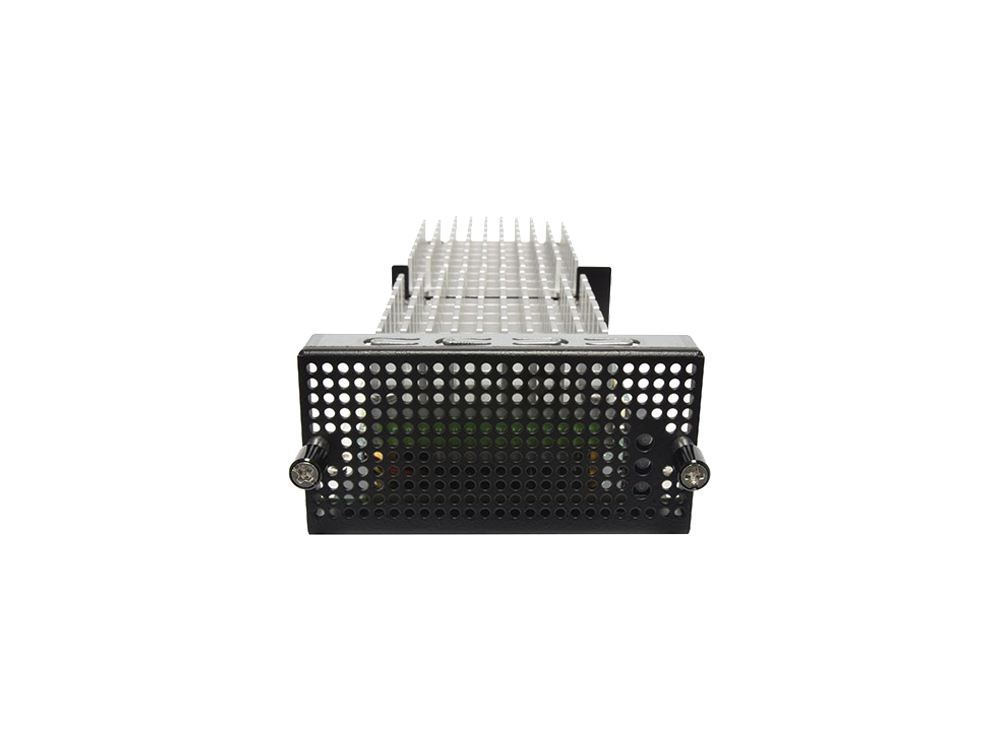Background
The HEVC video encoding (High Efficiency Video Coding), also known as H.265 or MPEG Part 2, is developed to succeed the widely adopted H.264 standards. HEVC offers much enhanced coding efficiency to support up to 8K UHD to meet today’s high demands for video resolutions. Today, content providers driven by IPTV and OTT platforms have quickly taken advantages of this next-generation video transcoding technology to improve their broadcasting services and user experience.
Requirements
A video transcoding solution provider in North America specializing in IP video technology collaborated with Lanner to develop a scalable network video transcoder. Accompanied by modular GPU accelerated cards, the video network platform enables optimized high bitrate streaming from satellite receivers, ASI and IP sources and delivers multiple video channels over DSL, cable and OTT. The video transcoder solution is designed with the following features:
GPU-assisted Hardware Transcoding
In order to assure quality of service in HEVC video transcoding, GPU-accelerated video transcoding is a necessary feature, which offloads heavy computing from CPU and ensures boosted performance in high bitrate encoding and decoding.
24/7 High Availability
Video contents on IPTV or video streaming platforms are consumed and used in a 24/7 manner. Thus, the solution must meet high-availability requirements, such as redundant power supply and hot swappable fans to ensure constant uptimes.
Scalable Design for Media-over-IP Conversion
Video content delivery and streaming may occupy large volume of bandwidth. In order to meet user demands, the joint solution must be scalable for expansions, such as NIC module slots for copper or fiber optical I/O or other media interfaces. The modular design enables scalability for the infrastructure and easily strengthens capacity as the operation expands, while reducing CAPEX and OPEX costs.
High Performance
IPTV/OTT applications require high bandwidth and performance for content broadcasting. Thus, the joint solution must feature the multi-core CPU accompanied by dedicated hardware core to accelerate video processing efficiency.

Solutions
In this collaboration, Lanner presented NCA-5210, a 1U network security system powered by the 7th generation Intel® Core™ processors (codenamed Kaby Lake) to deliver optimal compute performance. NCA-52100 also features rich LAN connectivity, as well as scalable NIC module slots for bandwidth expansions.
To enable GPU hardware transcoding, NCA-5210 is accompanied by NCS2-NV02, a power-efficient video transcoding module powered by dual NVIDIA Jetson® TX2 Processors SoM (System-on-Module). The swappable video transcoding module features onboard Intel i350-AM2 Ethernet controllers to optimize video transcoding for high-volume video delivery, such as 10bit HEVC video and to accelerate video intensive applications for Lanner’s x86 network platforms.
Related Articles
- NCA-5210 & NCS2-NV02: Delivering Agile, Scalable And Adaptive Video Transcoding Performance
- Optimizing OTT Serviceability with Intelligent Video Transcoding Platform
- Accelerate High Volume Video Delivery with hardware-based HEVC Technology








